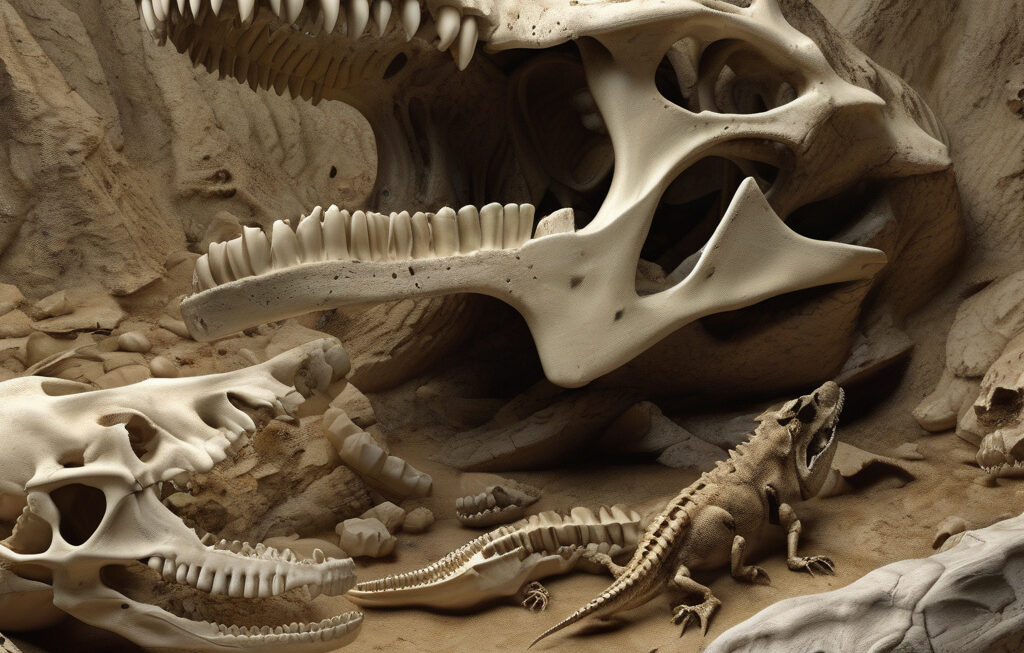Rise of Jaws: How Deep-Ocean Oxygen Surge 390 Million Years Ago Reshaped Life
The evolution of life on Earth has been a complex and fascinating journey, shaped by numerous geological and environmental events. One such event, which occurred approximately 390 million years ago, was the surge in deep-ocean oxygen levels. This rise in oxygen levels is believed to have had a profound impact on marine life, leading to the emergence of new habitats and the diversification of species, including the early ancestors of modern jawed vertebrates.
Rising deep-ocean oxygen levels likely opened up new marine habitats and spurred speciation among early marine organisms. This increase in oxygen would have provided a critical advantage to those species capable of exploiting the newly oxygen-rich environments, leading to the evolution of more complex and diverse ecosystems. In particular, the surge in oxygen levels may have played a key role in the development of jawed vertebrates, a group that includes the vast majority of modern fish and land vertebrates.
The development of jaws was a major evolutionary innovation that revolutionized the way vertebrates fed and interacted with their environments. By allowing for more efficient feeding and predation, jaws provided a significant competitive advantage to early vertebrates, enabling them to exploit a wider range of ecological niches. The rise in deep-ocean oxygen levels would have provided the necessary energy boost to support the increased metabolic demands of these new jawed vertebrates, helping to drive their rapid diversification and spread.
In addition to the evolution of jaws, the surge in deep-ocean oxygen levels would have had far-reaching effects on marine ecosystems as a whole. Increased oxygen levels would have supported larger and more active marine organisms, leading to the emergence of new predator-prey relationships and ecological interactions. This shift in marine ecosystems would have set the stage for the eventual rise of complex marine communities, paving the way for the diverse array of life forms that we see in the oceans today.
The impact of the deep-ocean oxygen surge 390 million years ago serves as a powerful reminder of the interconnectedness of Earth’s geology, climate, and biology. It highlights the ways in which environmental changes can drive evolutionary innovation and shape the course of life on our planet. By studying these ancient events, scientists can gain valuable insights into the processes that have shaped the diversity of life on Earth and better understand how modern ecosystems may respond to ongoing environmental changes.
In conclusion, the rise of jaws among early vertebrates represents a remarkable example of how environmental changes can drive evolutionary innovation and diversification. The surge in deep-ocean oxygen levels 390 million years ago played a crucial role in shaping the development of marine life and paving the way for the emergence of complex ecosystems. By unraveling the mysteries of our planet’s past, scientists can gain a deeper appreciation for the dynamic and ever-changing nature of life on Earth.
evolution, deep-ocean, oxygen surge, marine life, jawed vertebrates












